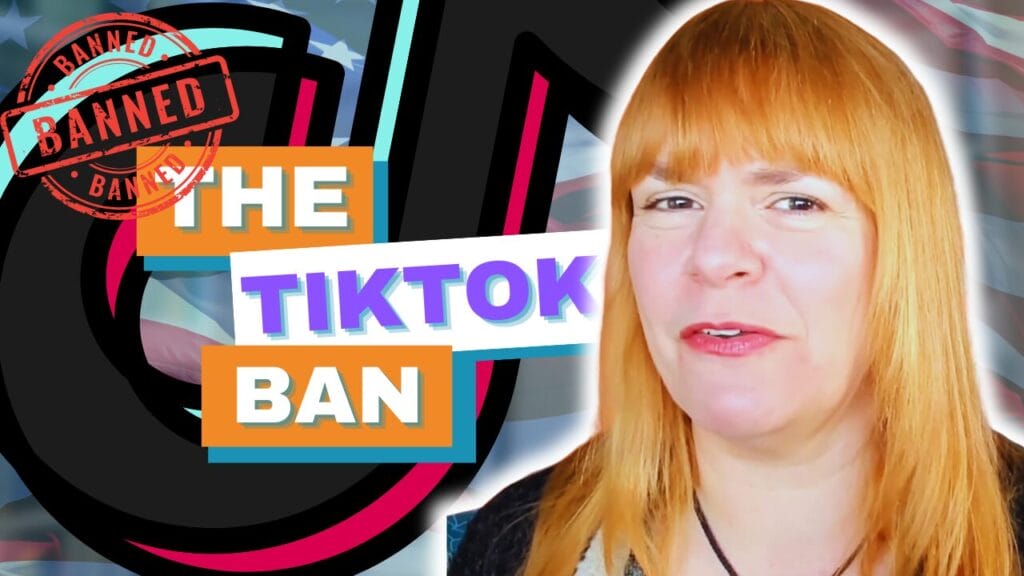
Share of voice is one of those horrible marketing terms that just means nothing right?
It might sound like that but it can be a handy way to measure your social media success.
This is part of a series of posts on measuring social media success:
Read: ‘What Do You Mean You Haven’t Set Up Google Analytics Goals Yet?’
Read: ‘What Even Is A KPI’
Read: ‘Believe it or not blog measurement can be fun’
Read: ‘Why you need to get nerdy with UTM tracking links‘
What is share of voice?
When I looked on Wikipedia for a definition it made my head hurt:
Share of Voice in Online Advertising is an ad revenue model that focuses on weight or percentage among other advertisers. For example, if there are four advertisers on a website, each advertiser gets 25 percent of the advertising weight. This method ensures one ad will not be seen any more than the other three advertisers. And, since there are typically a limited number of advertisers using a Share of Voice model, ad exposure is.
In other words, Share of Voice is used to “represent the relative portion of ad inventory available to a single advertiser within a defined market over a specified time period.”
So I looked elsewhere…
Keeping track of how much of this conversation — and the attention of consumers — your brand owns versus your competitors
Thank you Track Maven
My definition of Share Of Voice is:
A measure that benchmarks the amount of conversation about you and your business against your competitors.
Share of voice for social media measurement
Why is it important to measure share of voice? Social media measurement falls into different categories depending on the aims and goals of your campaigns. If you are new in business, if you want to gain ground on your competitors or if you just need to reach more people your goal may be brand awareness.
Share of voice is a particularly good metric for measuring brand awareness campaigns. If you can identify the percentage of the conversation around your business compared to your competitors you can set a goal to improve it.
How do you calculate share of voice on social media?
Start by finding the data.
I’m going to compare my accounts to that of Andrew & Pete. I’m doing a webinar with them this week so they seemed like the perfect subject.
Share of voice tools
For Twitter use AgoraPulse’s Twitter analytics.

We’re interested in the Engagement statistic. Make a note of your statistic and that of your competitor.
For Facebook use the ‘Pages to watch’ feature to monitor engagement for pages you follow. You’ll find this at the bottom of your Insights overview page.

Make a note of the weekly engagement figures.
Facebook search
To find mentions of your business outside your Facebook insights do a search for your business name on Facebook.
Select ‘Posts’, click ‘See all’ and filter for the past month.

Sadly there’s no way to automate this process. You’ll have to go through the full feed and count mentions that don’t come from your business name.
Now do the same for your competitor.
Make a note of the figures.
Calculating share of voice
I’ve got a simple formula for calculating share of voice. If you are feeling brave and want to do a more in-depth calculation go read this article and chart from Convince & Convert.
A simple share of voice formula
You have your data, all you need to do is plug it into this formula for each measurement tool you used.
X = Your mentions
Y = Total engagement – number of mentions of you and your competitors

The result will give you a percentage representing your share of voice for Twitter and Facebook.
To get your average percentage of voice add your results together and divide by the number of results.
For example

Your turn
In answer to the question in the title of this post. Yes, you do need to know what share of voice is.
Now you do know go calculate it. Make a date with yourself once a week to update the figure and the other metrics that will help you measure success.
Get FREE ACCESS to Analytics Day 2024 - 11th June 2024









